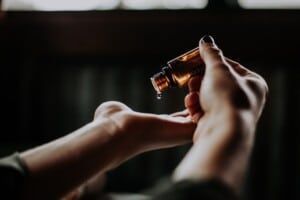How To Ensure A Safer Product

If you are responsible for the sale or manufacturing of a product, safety needs to be of paramount concern. If you cut corners, you run the risk of criminal prosecution, product recalls negative media attention, and a bad reputation. This is bad for you but it’s also important to consider your customers who may have suffered worse consequences because of your product.
What Is A Safe Product?
Generally speaking, a safe product is one that poses no risk to the consumer. Of course, they could misuse the product and unintentionally or intentionally cause harm to themselves. But providing you have used due diligence in the buying or manufacturing of the products you sell, you are unlikely to be held accountable.
When talking about safety, we aren’t only talking about consumer risk. We are also talking about the environment as you should take steps to be eco-friendly within every aspect of your business to create a safer world for everyone.
How Can You Ensure A Safer Product
To ensure a safer product, you should:
Adhere to industry regulations
If you are the manufacturer of a product, you should adhere to some form of ‘conformity assessment procedure.’ This is connected to the legislation that covers your particular industry and the guidelines that have been set out to ensure customer and environmental safety.
You should follow all known safety guidelines within the manufacture of the product. As part of this, you may need to carry out some form of testing, such as chemical analysis which can test for potentially harmful contaminants. As such, you may need to use the services of third-party companies to carry out any testing that you aren’t able to do yourself. When you do use the services of another, however, you need to make sure they have been properly accredited to carry out testing processes.
If you buy products to sell for business, you should make sure they have been properly certified as being safe. This is your guarantee that testing has been carried out. However, it is still advisable to check the products you sell, as you shouldn’t go through with a sale if any defects are found.
Place labeling on the product
Most products carry some form of risk if improperly used. As such, you need to label the product with potential safety risks to make the consumer aware of any dangers. You should also provide instructions on how to use the product safely. By doing so, you are legally covering your back.
Some products won’t be age-appropriate, such as those that could prove to be a strangling or choking hazard for young children. Therefore, your label should indicate which age groups should not have contact with your product.
Remedy any issues
Be you a manufacturer or product seller, you should remedy any potential safety issues immediately. This might mean re-starting the production phase or, if you’re a product seller, sending the faulty products back to their source for further investigation.
If you inadvertently sell a product that is faulty, listen to customer feedback . Take their concerns into consideration and make sure the appropriate changes are made to your product before another sale is made.
Finally
It is your responsibility to know the legislations and certifications that apply to your product. Find out what these are and then take every action to adhere to them, for the safety of your business and the safety of anybody who comes into contact with them in the outside world.


